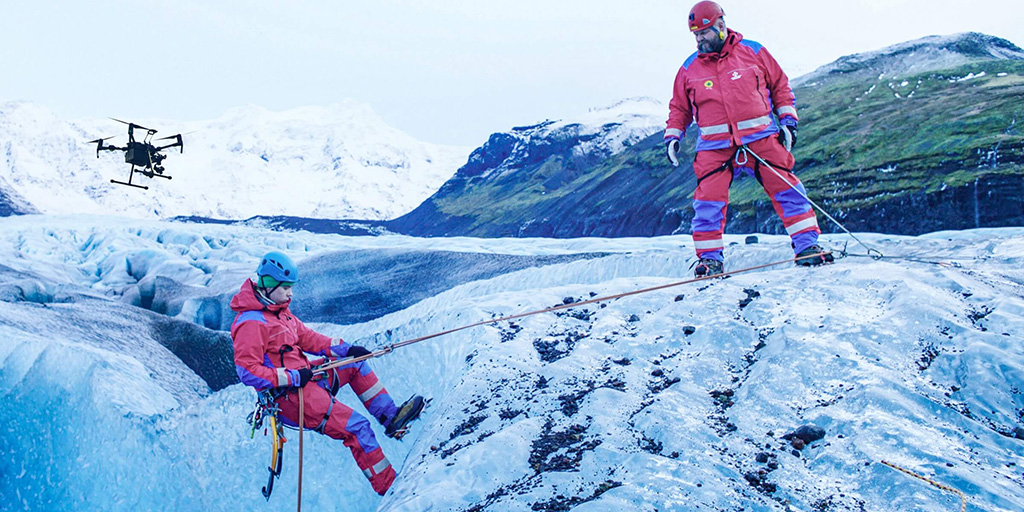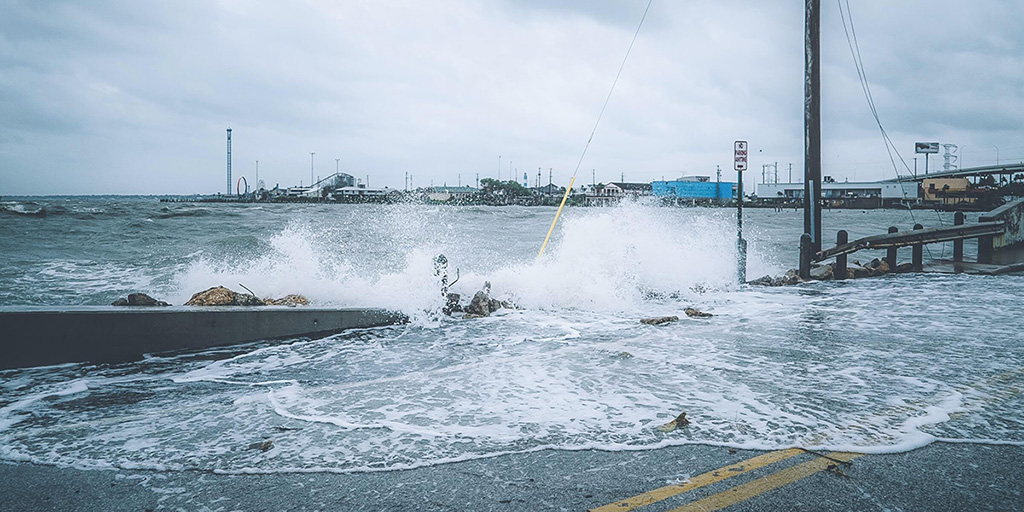Rescue - DJI ENTERPRISE
Main benefits for rescue services
Search and rescue
Efficiently scan large areas and locate missing persons with high-resolution digital and thermal cameras
Disaster response
Fly over affected areas, document damage to infrastructure and property, and streamline relief efforts
Search and rescue

Traditional Search and Rescue Challenges
- Rescue missions pose inherent dangers to rescuers, which can be compounded by incomplete situational information
- Rescue teams can be dispersed when the target areas are large and the terrain is challenging
- Night and low-light conditions hamper search efforts, greatly complicating rescue missions
How drones support search and rescue
- Scan large areas and identify threats to victims and rescuers with high-resolution aerial images
- Improve rescuers' perspective and take search and rescue to new levels of efficiency
- At night, or in low light conditions, take advantage of thermal sensors to locate missing persons who might otherwise be overlooked
Disaster response

Traditional challenges in disaster response
- In the aftermath of disaster, when every moment matters, complicated terrain and environments can delay response times
- Disaster areas pose a danger to victims and rescue teams that can be exacerbated by a lack of clear information and communication
- Relief efforts and target prioritization can be hampered by an incomplete perspective on the affected region
How drones help in disaster response
- Fly over obstacles and dangers, immediately gain the power of perspective and start distributing relief
- An aerial corner can help guide teams to the ground, facilitate communications, and synchronize rescue efforts
- Rapid 2D and 3D modeling of affected areas can produce maps that can be used to guide relief efforts


 https://www.instagram.com/3digital.tech/
https://www.instagram.com/3digital.tech/